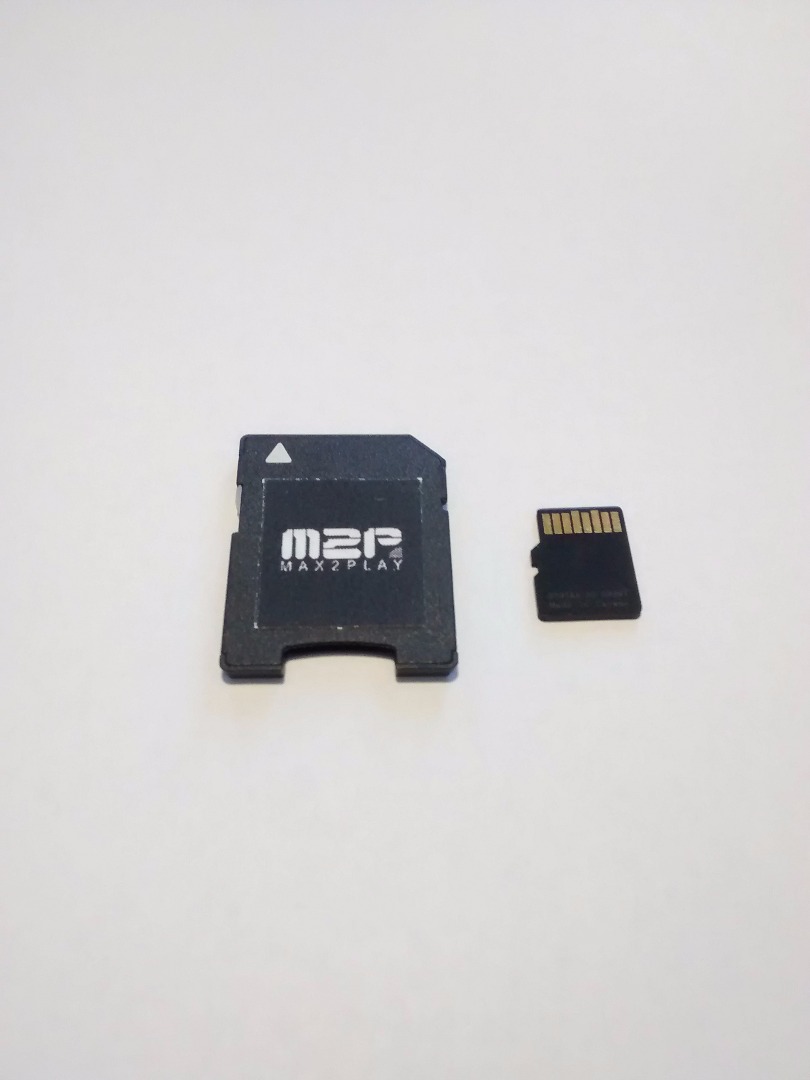Audio Solution With Control and Visualization on a Raspberry Pi With Touchscreen (Squeezebox Touch Functionality)
by Max2Play in Circuits > Raspberry Pi
24704 Views, 246 Favorites, 0 Comments
Audio Solution With Control and Visualization on a Raspberry Pi With Touchscreen (Squeezebox Touch Functionality)

We present you a possibility to select and control your Raspberry Pi audio player directly through a touch display. Our setup is based on the Squeezebox technology and therefore also enables multi-room audio solutions.
Our idea was to find a simple and affordable way to fill multiple rooms with sound. It should be part of the living environment and thus not take up too much space and not look too technical. Similar to systems like Sonos or Squeezebox Touch, but more affordable and open for individual adaptations.
This setup includes:
- Squeezebox technology configuration to play synchronized music in multiple rooms with Airplay functionality
- A compact touchscreen panel for simple and clear control of the playback
- Raspberry Pi's as affordable players for as many rooms as needed
- Max2Play image for easy installation of all programs and drivers with no Linux knowledge required
The Components and Their Purpose
.jpg)
The essential parts required are:
- Raspberry Pi 2
The Raspberry Pi serves once again as the heart of this setup. One Pi 2 is required for our control panel and we can add as many as we like for the respective rooms we want to fill with music.
- Touch-display for Raspberry Pi
We use the RPi-Display B+ with 2,8" diameter and a 320x240 resolution.
- microSD Card with Max2Play image
The Max2Play Raspberry Pi image serves as our software base with the plugins Squeezebox Server, as our controlling agent, and Squeezelite Audio Player, as our receiving agents.
- Power Supply for Raspberry Pi
- Optional: Case for Touchscreen, WiFi-Stick
All Components are available in our shop - but you can buy most of the required hardware in your local store as well.
Burn the Image on the MicroSD Card

The Max2play image is available for free download on our website.
All images for download on Max2Play are packed in .rar or .zip files and can be burnt onto a card using a simple tool like the WinDiskImager for Windows. Just let it burn and once the process is done, put the card into the Raspberry Pi. This image lets you configure your Raspberry Pi without connecting a keyboard or mouse to the Raspberry. All settings can be done through our web interface on your laptop, desktop computer or even your smartphone.
Optional: You can also order an already burnt and configured microSD card from Max2Play.
Connect the Touchscreen to the Raspberry Pi



The RPi Display 2,8" LCD Touchscreen is connected to the Raspberry by simply stacking the screen on top of the Pi with the Pi's connector pins fitting the screen's socket.
The Pi also needs a power supply connection and a connection to the local network and the internet. The latter can be done either with a LAN cable or a WiFi Stick.
Optionally, you can use a case to protect the control panel and make it more aesthetically pleasing.
Use Max2Play Extensions to Set-up and Install the Display and Visualization



Max2Play is a plug-and-play image for mini-PC's like the Raspberry Pi. The image is a free download and can be used directly after burning. In addition to the free image with installers for Squeezebox Server, multiple audio players and Kodi, we also have a premium option where you can add other preconfigured and integrated plugins.
The two plugins required for this setup are the Jivelite installer for the visualization and control of the Squeezebox environment, and RPi Display, a setup for the display.
Both can be installed with just a few clicks. Jivelite just requires a click on "install Jivelite", the fitting skin beneath so that the screen can fit Jivelite's interface and a tick to automatically start in full-screen mode. The RPi Display setup is even simpler, a click on the install-button and, after reboot, another click on that button. The software is now ready for the touchscreen to be integrated.
Start Filling Your Home With Music


With your control panel at your hand and all your other players set up, you can now start to take advantage of the Squeezebox technologie's many options. You can create playlists, subscribe to podcasts, play your favorite radio channel, use Apple's Airplay to stream music to your Raspberry Pi or just listen to your favorite album.
There are many additional use cases if you are running the Max2Play Image on your Raspberry Pi. We will present them in upcoming instructables.